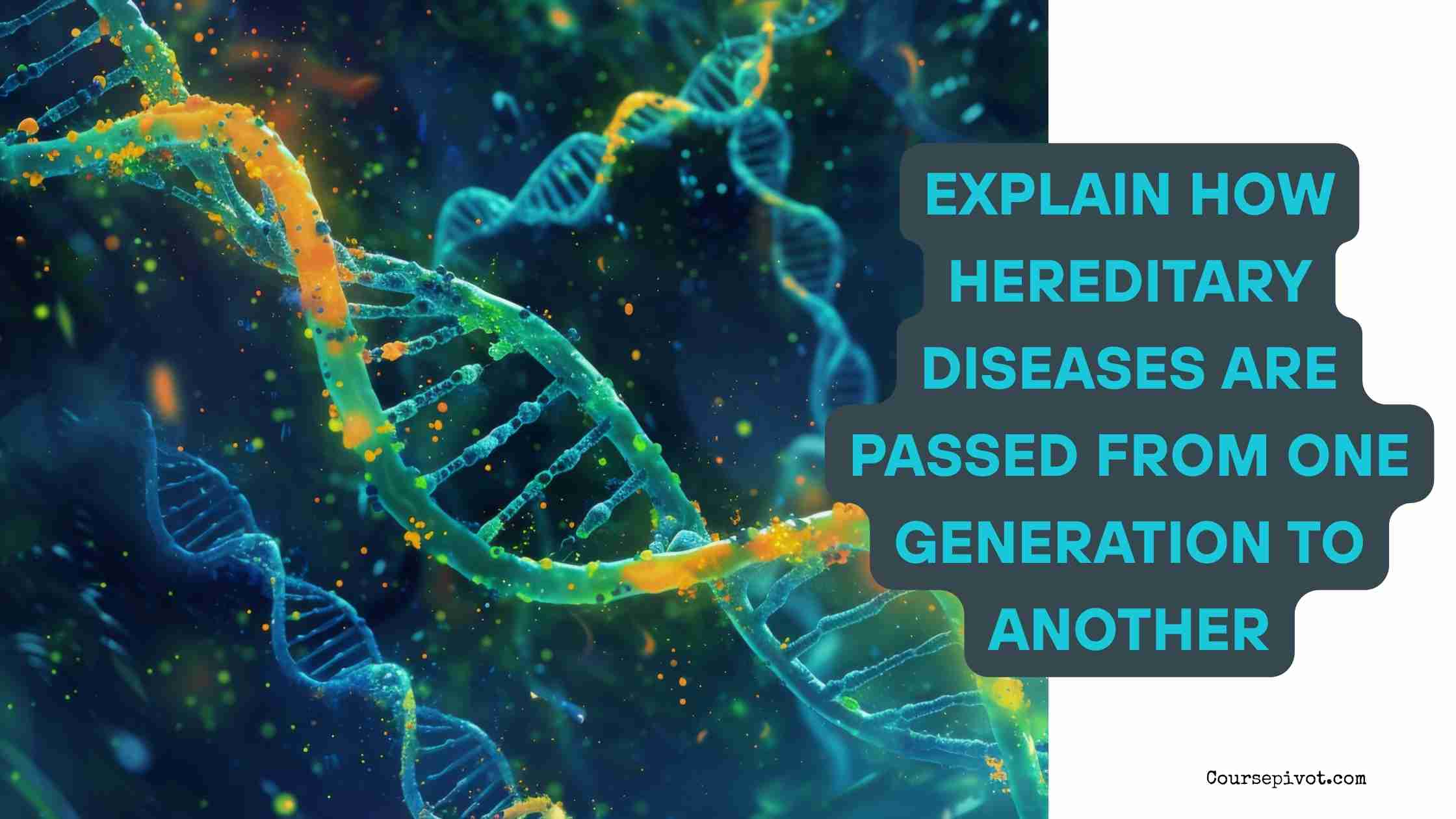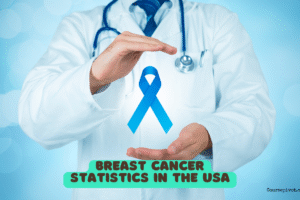
Explain How Hereditary Diseases Are Passed from One Generation to Another
Why do some diseases seem to “run in the family”? Maybe your grandfather had diabetes, your father has it, and now your doctor says you’re at risk too. It’s not just coincidence—hereditary diseases are passed from generation to generation through genes, and understanding how that works can help you make informed health choices.
Table of Contents
So let’s break it down and explain how hereditary diseases are passed from one generation to another, in a way that’s simple, clear, and real.
🧬 What Are Hereditary Diseases?
Hereditary diseases are health conditions caused by changes or mutations in your DNA—the instructions that make you who you are.
You inherit your DNA from your parents. That means if they carry certain genetic mutations, there’s a chance those same mutations are passed down to you.
In short: Hereditary diseases are genetic conditions passed from parents to children through genes.
- Read our article on Explain the Difference Between Physical Activity and Exercise
👪 Genes: The Family Blueprints
Your body has about 20,000–25,000 genes, and each gene tells your body how to grow, function, and stay healthy.
You inherit half your genes from your mother and half from your father. When one or both parents carry a mutated or faulty gene, it can increase the chance that you’ll inherit a disease-causing gene as well.
Some of the most well-known hereditary diseases include:
- Cystic fibrosis
- Sickle cell anemia
- Huntington’s disease
- Hemophilia
- Breast and ovarian cancers linked to BRCA genes
🧠 The 3 Main Ways Hereditary Diseases Are Passed On
Let’s look at the three most common inheritance patterns that explain how hereditary diseases move through families.
🧬 1. Autosomal Dominant Inheritance
- You only need one copy of the mutated gene (from either parent) to develop the disease.
- Each child has a 50% chance of inheriting the disease if one parent has it.
Example diseases:
- Huntington’s disease
- Marfan syndrome
- Familial hypercholesterolemia
If one parent has the disease, there’s a strong chance it will appear in the next generation.
🧬 2. Autosomal Recessive Inheritance
- You need two copies of the mutated gene—one from each parent—to develop the disease.
- If you only inherit one copy, you’re a carrier (you won’t have the disease, but you can pass it on).
Example diseases:
- Cystic fibrosis
- Tay-Sachs disease
- Sickle cell anemia
If both parents are carriers, their child has a 25% chance of inheriting the disease.
🧬 3. X-linked (Sex-linked) Inheritance
- The mutated gene is on the X chromosome.
- Since males only have one X chromosome, they’re more likely to express the disease if it’s defective.
- Females have two X chromosomes, so they’re often carriers.
Example diseases:
- Hemophilia
- Duchenne muscular dystrophy
- Color blindness
This is why some hereditary diseases affect one gender more than the other.
🧪 Can You Know If You’re at Risk?
Yes—thanks to genetic testing and family history assessments, you can find out if you carry certain disease-causing genes.
Ask yourself:
- Do multiple family members have the same disease?
- Did anyone in your family develop a serious illness at a young age?
- Have you or a sibling been diagnosed with a rare condition?
If so, a genetic counselor can help you understand your risk and what steps to take.
🧘 Can You Prevent a Hereditary Disease?
You can’t change the genes you’re born with, but you can lower your risk or delay disease onset through:
- Regular screenings (like mammograms or colonoscopies)
- Lifestyle changes (diet, exercise, quitting smoking)
- Preventive treatments (in some cases, medication or surgery)
Knowledge is power. The earlier you know your risk, the more proactive you can be.
What’s the Difference?
So, how are hereditary diseases passed from one generation to another?
They are passed through mutated genes inherited from your parents. Depending on the type of genetic inheritance—dominant, recessive, or X-linked—you might develop the disease, become a carrier, or pass it on unknowingly.
The difference between having a mutated gene and developing the disease lies in inheritance patterns, environmental triggers, and even luck.
But understanding this cycle can change lives—and help families take steps to protect future generations.
Cite this article
You can copy and paste your preferred citation format below.
Martin, L. & Arquette, E.. (2025, May 23). Explain How Hereditary Diseases Are Passed from One Generation to Another. Coursepivot.com. https://coursepivot.com/blog/explain-how-hereditary-diseases-are-passed-from-one-generation-to-another/



